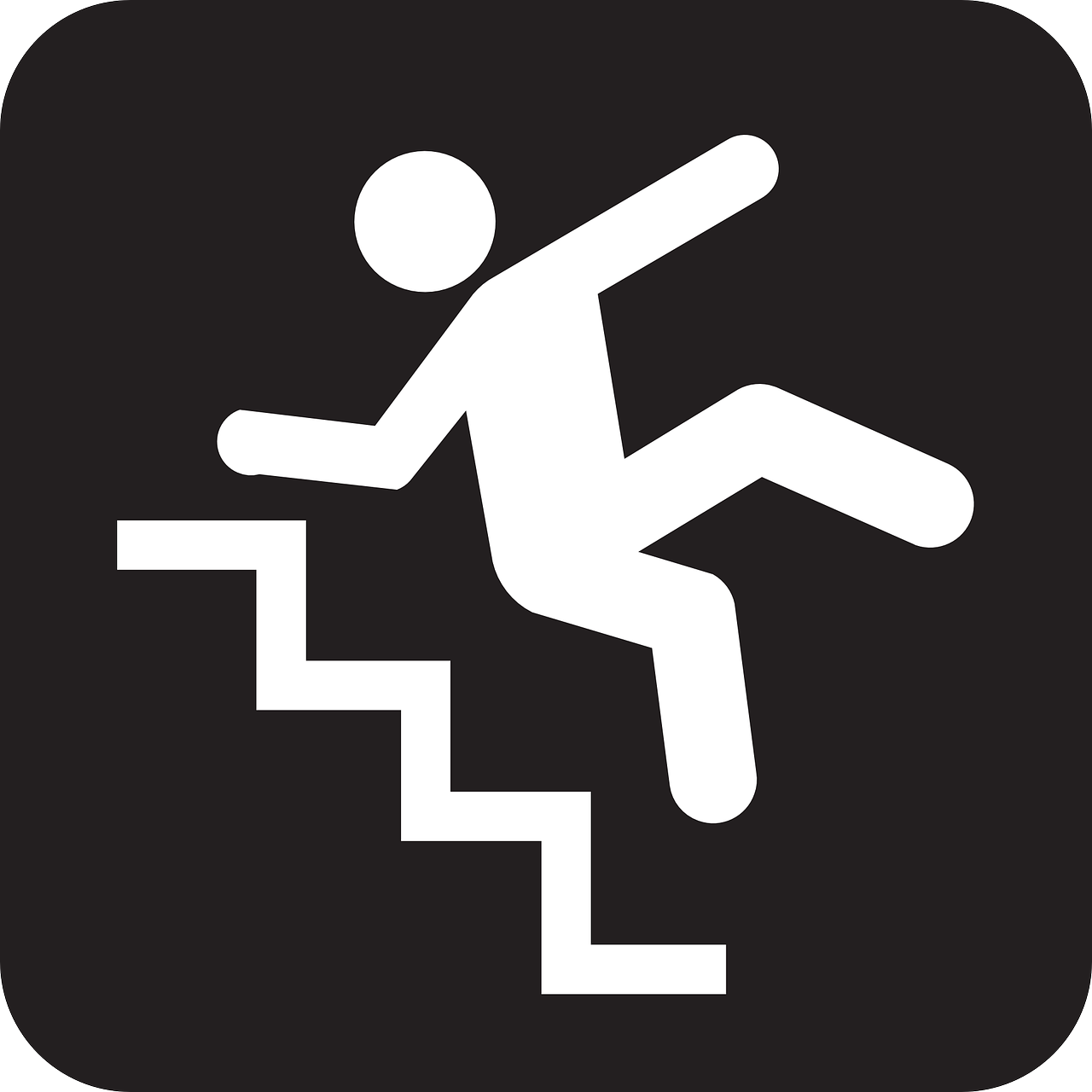
Keeping an Eye on Home Safety
National Safe at Home Week is August 20 to 24, a good time to remind caregivers of the risk of falls and other injuries for their loved ones facing end of life care at home. If your parent or other loved one is living with an illness in Santa Clara and elsewhere, all that extra equipment that may be present to help manage their care could pose a tripping or other safety hazard. According to the National Council on Aging, falls are the leading cause of fatal and non-fatal injuries for older adults, threatening seniors’ safety and independence, not to mention generating astronomical economic and personal costs.
Many falls can be prevented through simple awareness and practical lifestyle adjustments. But first, a look at the stats.
Fact About Falling
The CDC points out these sobering statistics about falls in older adults:
- 300,000 older people are hospitalized each year for hip fractures.
- More than 95 percent of hip fractures are due to a fall.
- Falls are the most common cause of traumatic brain injuries (TBIs).
- Total medical costs for falls total more than $50 billion a year.
- Fall death rates in the U.S. increased 30 percent from 2007 to 2016 for older adults.
- An estimated seven fall deaths will occur each hour by 2030.
Many people who fall then become afraid of falling, even if they were not hurt in the initial accident. That fear can cause people to curtail normal everyday activities. As they become more inactive, they become weaker, which increases their fall risk. When a person is ill and in home care or hospice, they are at an even greater risk of falling because they are so weak due to illness or medication.
Many conditions can make a person more likely to fall, especially an older adult:
- Lower body weakness
- Vitamin D deficiency
- Difficulties with walking and balance
- Use of medicines, which can affect the balance
- Vision problems
- Foot pain or poor use of footwear
- Home hazards or dangers such as broken or uneven steps, throw rugs, clutter and medical equipment that can be tripped over.
Tips to Ensure Home Safety: Caregivers and Seniors
The presence of home care-associated hazards can manifest in two ways: it can adversely impact patient quality of care and present a risk to the health and safety of the patient, caregiver, and other household members. That’s why it’s so important to ensure the surrounding area is safe for all. Here are some helpful tips:
- Improve balance and strength with regular exercises, such as yoga or Tai Chi to improve balance, if possible.
- Decrease tripping hazards, keeping cords, shoes, and boxes out of walkways.
- Make sure medical equipment, associated hoses and tubes, bedding, and medical supplies are out of the way and are safely stowed away.
- Do not use throw rugs; instead, use nonskid or rubber mats.
- Identify medications that may cause dizziness or drowsiness.
- Install grab bars in the tub or shower as well as beside the toilet.
- Install railings on both sides of the stairs.
- Suggest your loved one wait a few minutes after sitting or standing to avoid getting lightheaded or losing their balance.
- Encourage the use of walkers or canes.
- Install additional lighting throughout the house, including nightlights.
- Use caution on slippery or uneven surfaces.
- Encourage your loved one to take his or her time: no rushing.
- Bring in the services of a physical or occupational therapist to gain strength and balance.
- Wear proper clothing and footwear.
- Place commonly used items between shoulder and knee level, in the kitchen, bathroom as well as in the bedroom where the patient spends most of his time.
- Conveniently place medical supplies for accessibility yet stow them properly to avoid clutter.
- Wipe up spills as soon as they occur.
- Mark medication clearly.
- Install a shower chair and raised toilet seat.
- Secure loose towel racks sink tops and toilet seats.
- Clear objects from the stairs. Mark the last step to distinguish it from the floor.
- Remove clutter and furniture from walkways.
- Assist your loved one with tasks such as feeding pets, doing laundry and preparing food.
- Tuck away lamp cords.
- Go through the refrigerator periodically and throw away expired foods.
As a caregiver, the first step for safety should be to walk through the home with a critical eye, identifying any areas of potential risk. If your loved one is in a wheelchair, get down to that level and inspect the home as if through their eyes.
Contact Pathways Home Health and Hospice
If you loved one is in home care or hospice, rest assured our caregivers make every effort to ensure the home is free of tripping hazards pertaining to hospital beds, walkers, medical equipment, and supplies. To learn more, please contact Pathways Home Health and Hospice at 888-755-7855.

